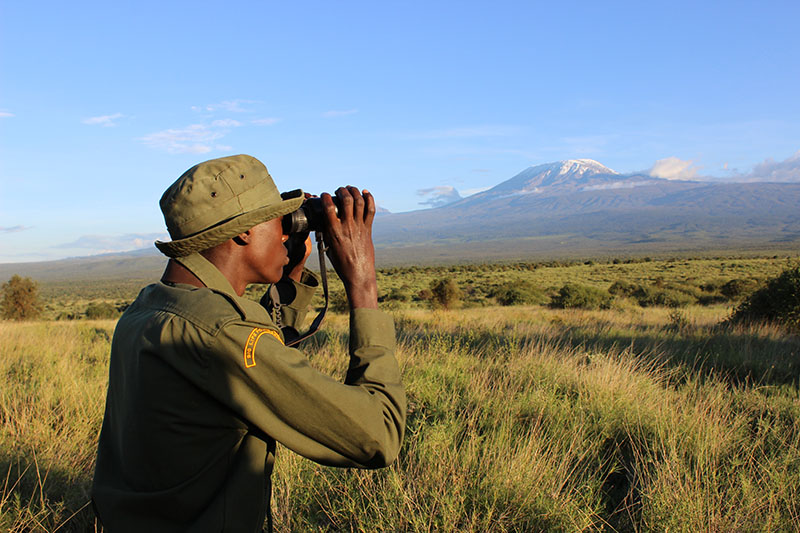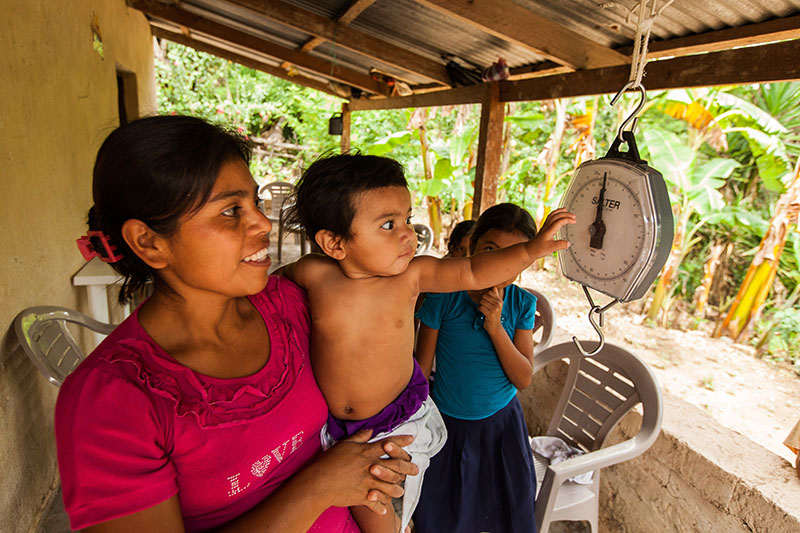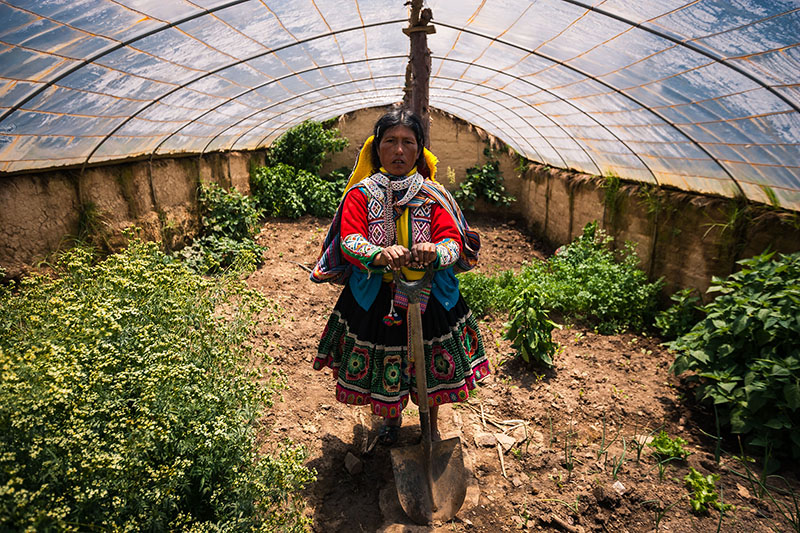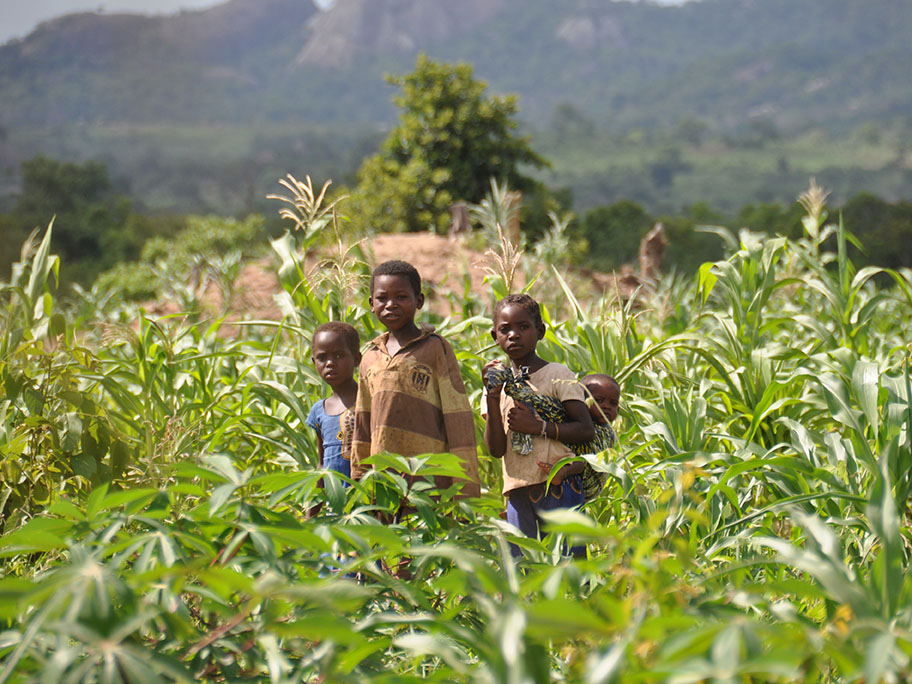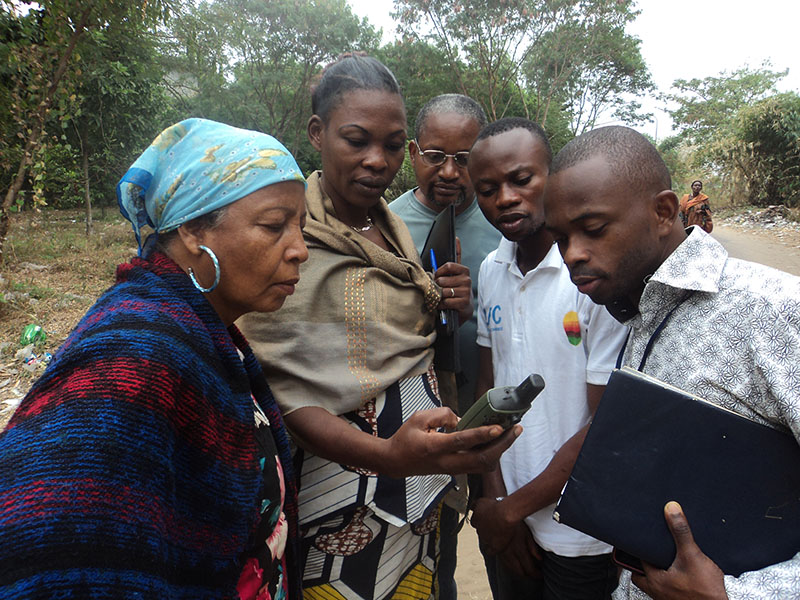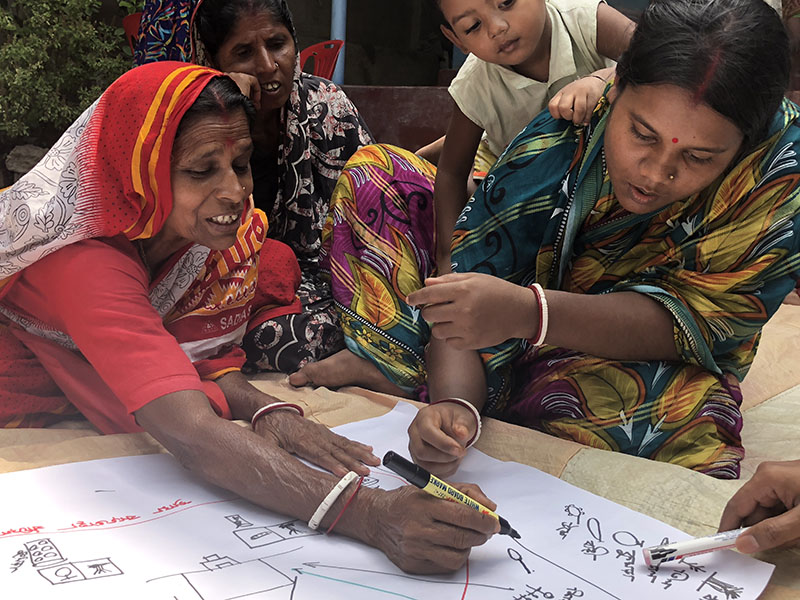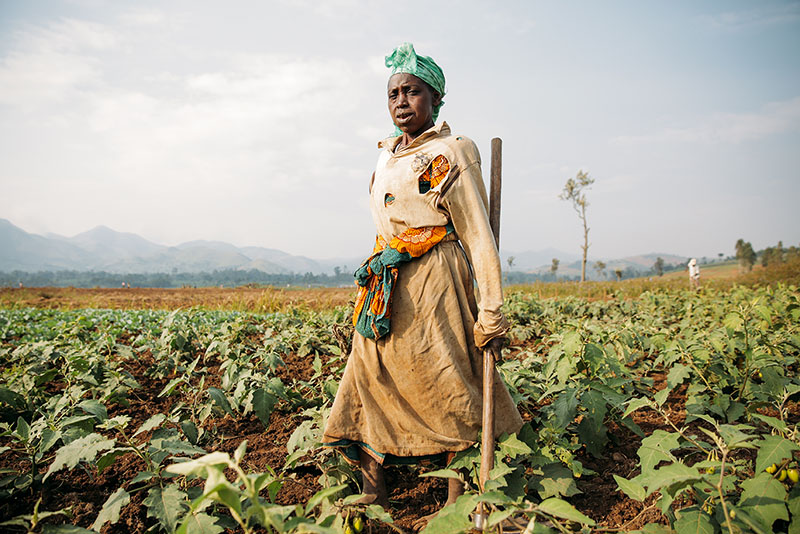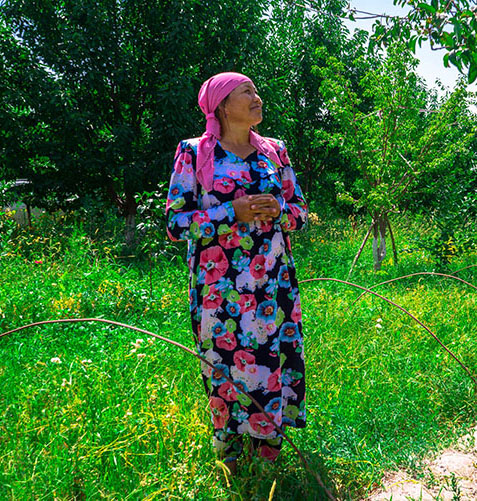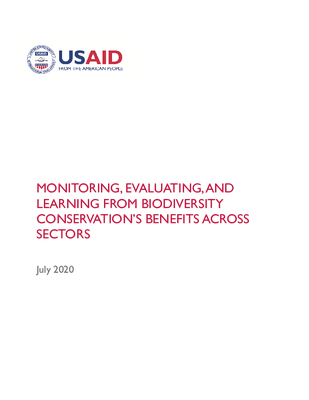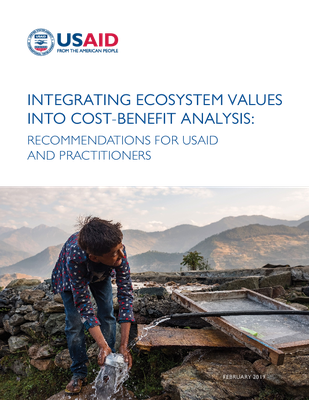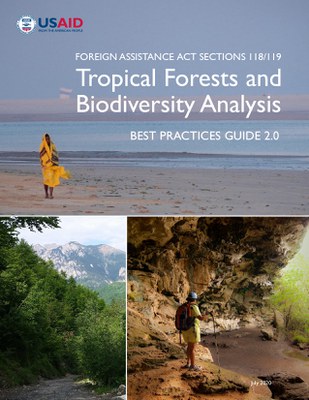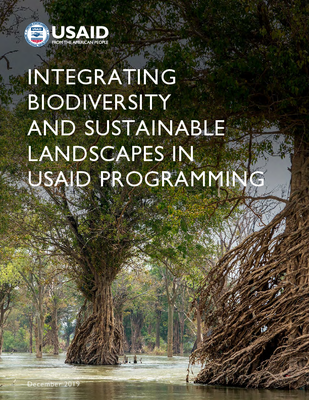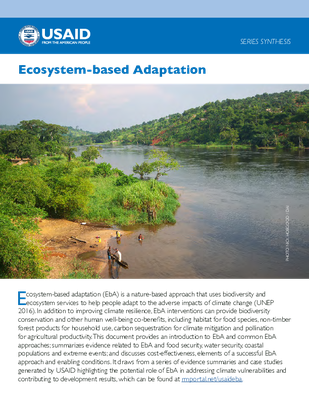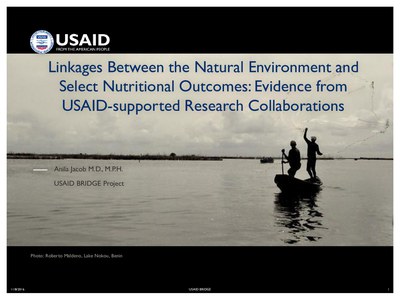Biodiversity conservation is an essential component of human development and closely linked to ending extreme poverty, increasing food security, improving public health, managing the impacts of climate change and building resilience to recurrent crises.
By promoting development that benefits both nature and people, biodiversity conservation activities can strengthen development impact and the capacity of countries to manage their natural resources, improving their self-reliance.
BRIDGE was a five-year project (2015-2020) managed by USAID’s E3 Forestry and Biodiversity Office. The project advanced the second goal of USAID’s Biodiversity Policy, to “integrate biodiversity as an essential component of human development.” BRIDGE collaborated with USAID missions and regional and technical bureaus to identify and promote integrated programming approaches and contributed to the evidence base for integration.
Cross-Sector Linkages
The USAID BRIDGE project built on lessons learned from decades of USAID initiatives to promote and support the integration of biodiversity conservation with other development sectors. To increase cross-sector understanding of USAID’s mandates, strategies, programming approaches and tools, indicators and terminology, BRIDGE created five sector reference sheets.
Tools and Approaches
The USAID BRIDGE project developed tools and approaches to support biodiversity integration throughout the program cycle. Explore BRIDGE's integration tools and approaches, as well as the highlighted resources below.
Tools and Approaches
- Dec 11, 2020
- Aug 27, 2018
- Feb 17, 2017
Evidence
BRIDGE built the evidence base for biodiversity integration by synthesizing existing information and generating new evidence for a range of thematic issues. The project also captured mission and field experience through a series of case studies that illustrate how USAID operationalizes and institutionalizes biodiversity integration. Explore BRIDGE’s evidence of biodiversity integration benefits in development programming, as well as the highlighted documents below. In addition, BRIDGE ran a Biodiversity Integration Case Study Competition to capture field-level learning on biodiversity integration at USAID.


